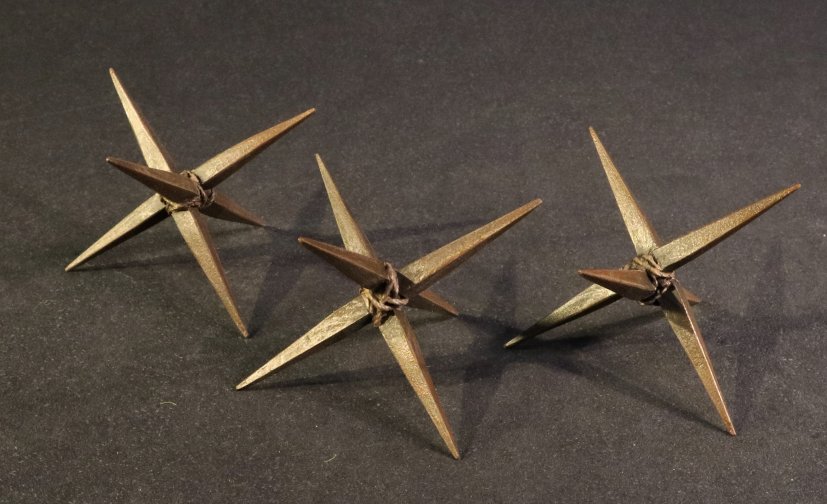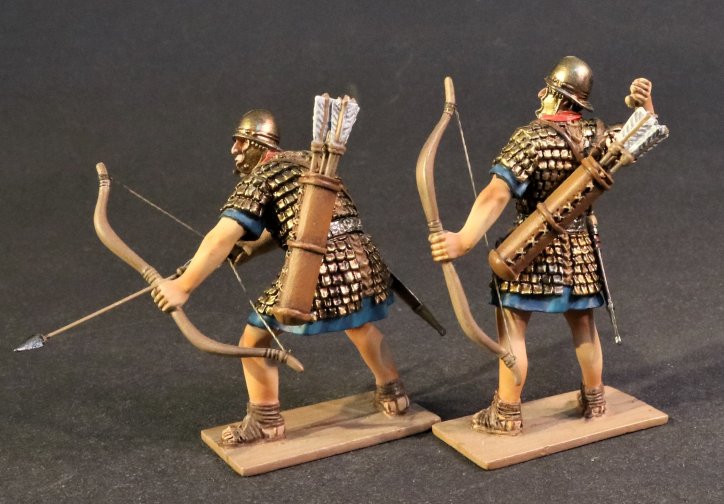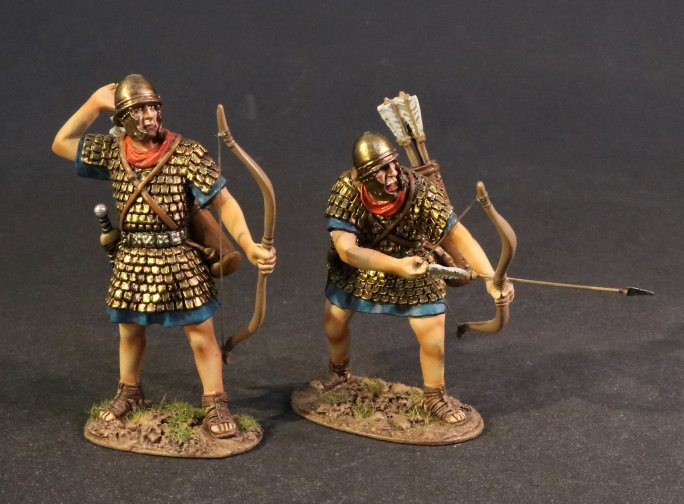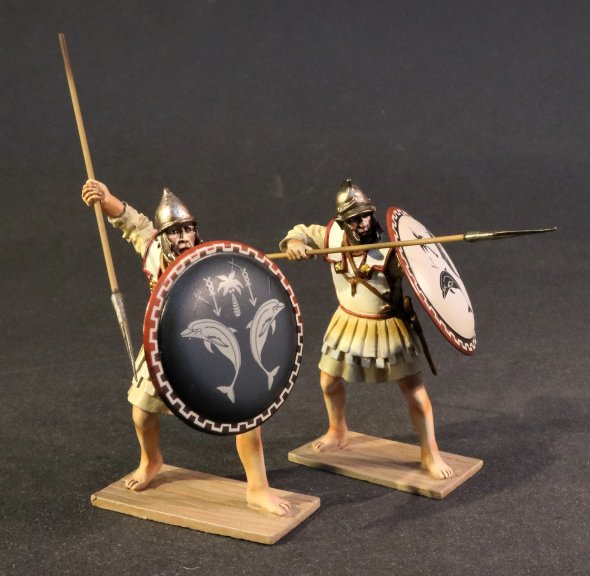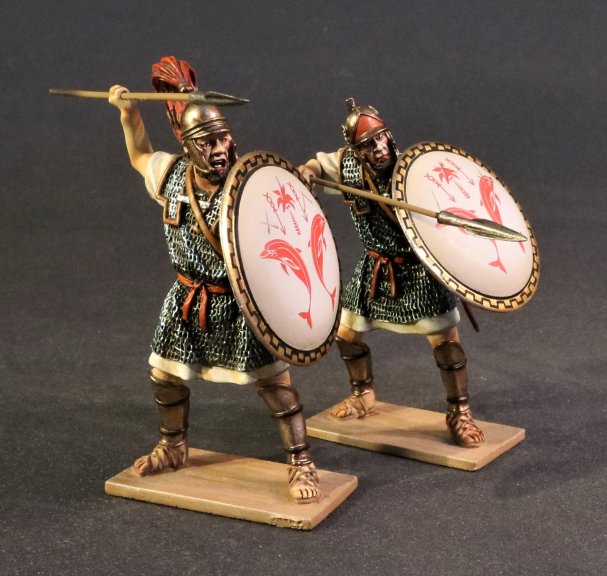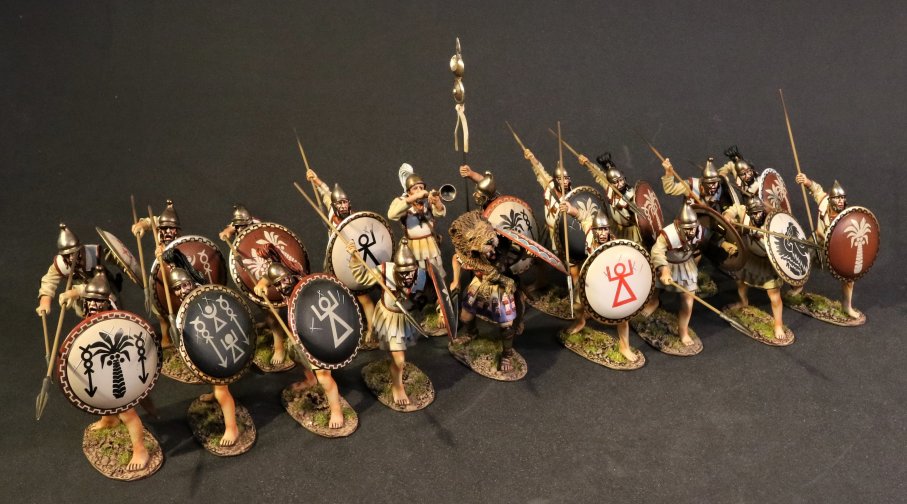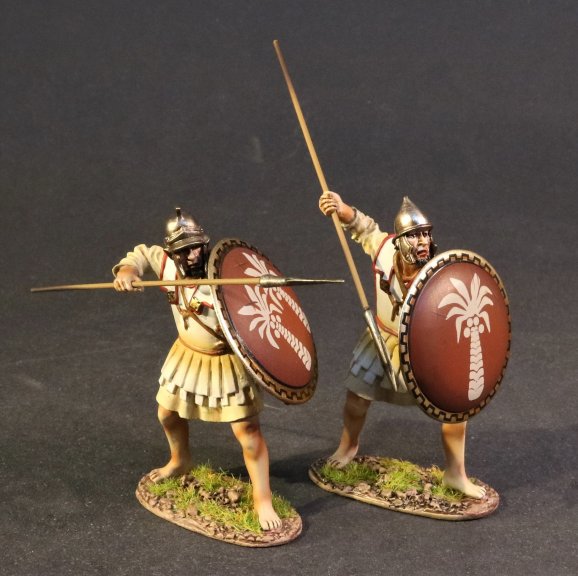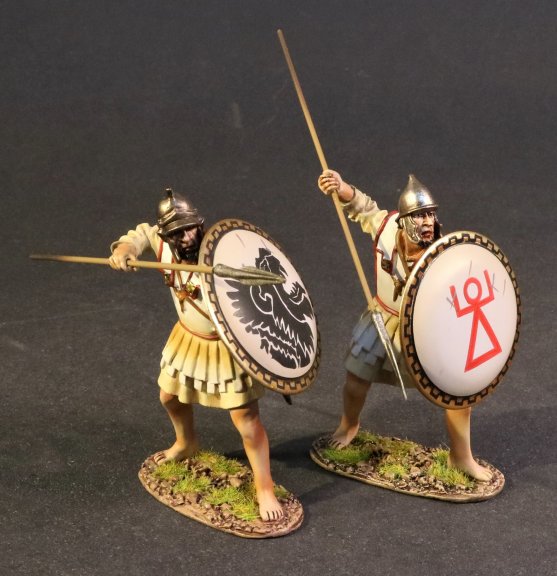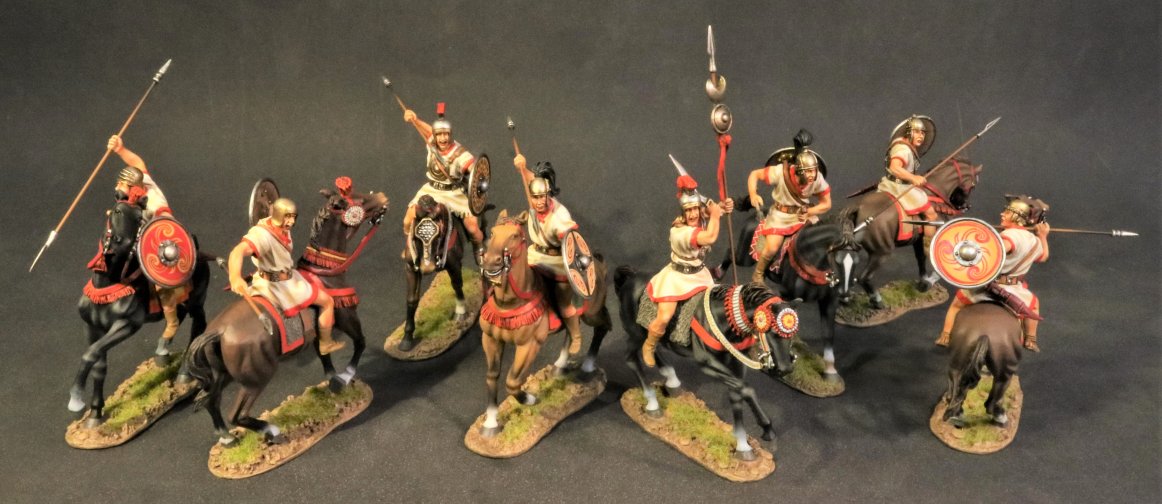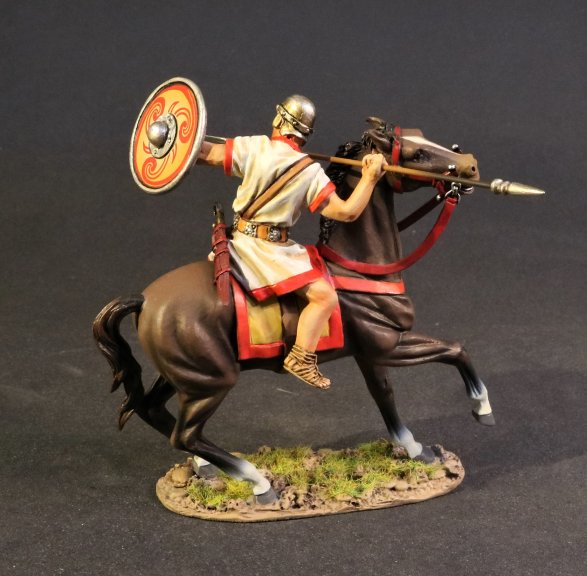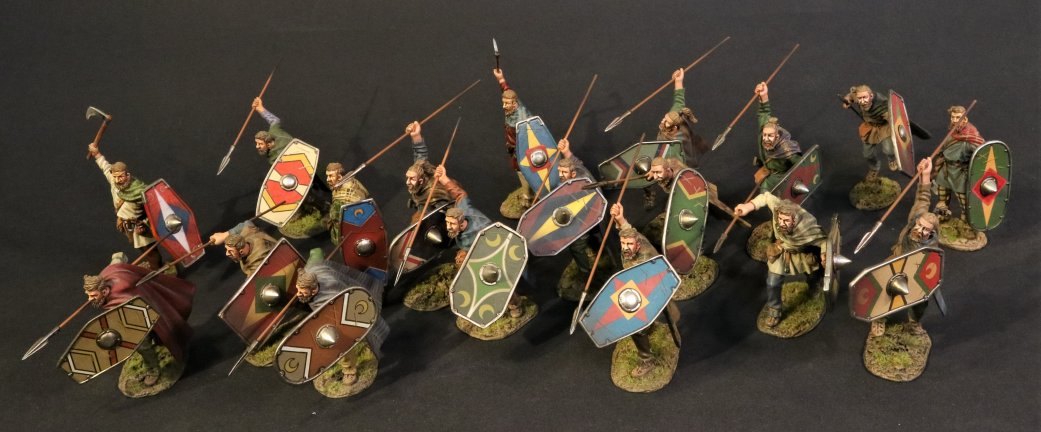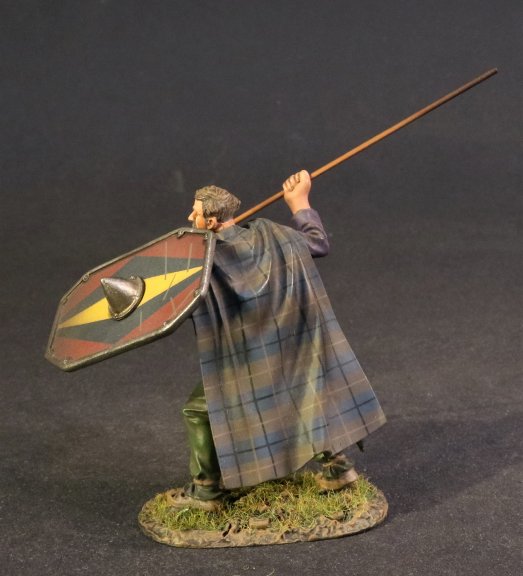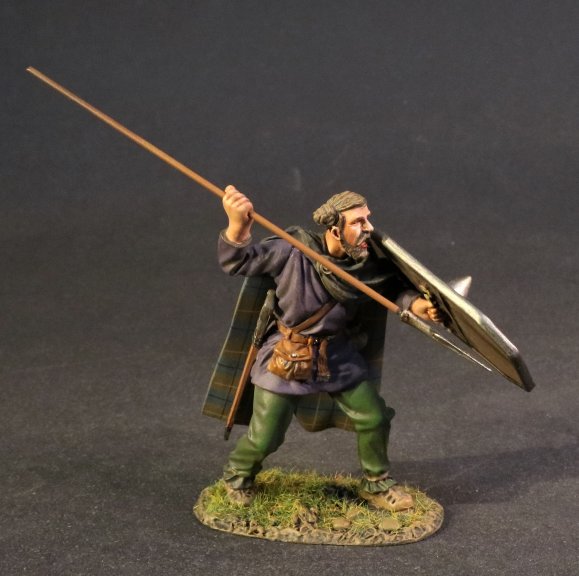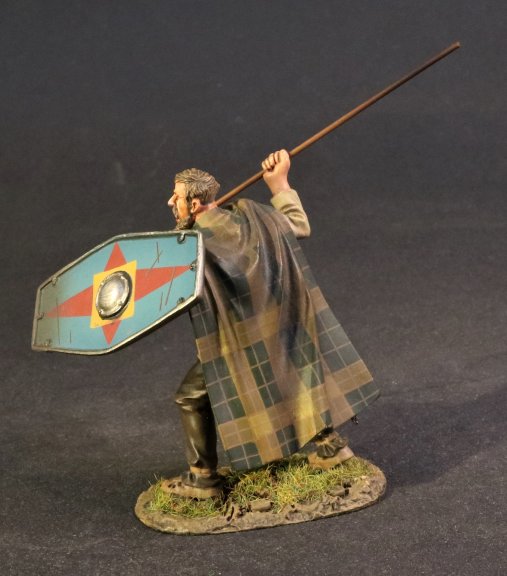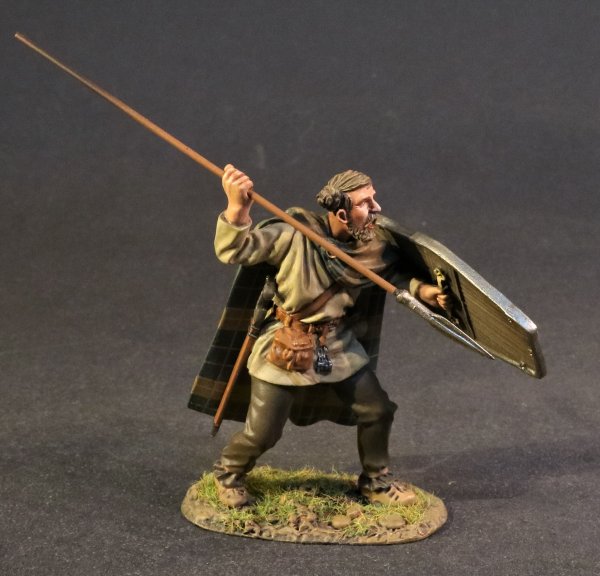- Joined
- Feb 2, 2011
- Messages
- 2,093
NEW RELEASES FOR FEBRUARY 2021
THE ANCIENTS COLLECTION
ARMIES AND ENEMIES OF ANCIENT ROME
REPUBLICAN ROMANS
ROMAN MARCHING CAMP
Roman Marching camps were used to protect an army while away from a permanent base during a campaign or when conducting other military operations.
These camps were constructed by the Romans at the end of a day of marching or conducting other exercises in the field.
At the conclusion of each day’s march, legionary troops on the move were assembled at a site carefully selected at the day’s start. For the next three hours or more, they were put to work digging a perimeter ditch, erecting a rampart, and assembling a palisade with prefabricated materials. Polybius wrote that the standard Republican-era design was in the shape of a square, but always had to conform to the lay of the land and the numbers of men and animals to be quartered in the camp.
Vegetius wrote that the camps should be constructed taking into account the configuration of the ground. He warned that a secure marching-camp must be placed near a source of plentiful water, wood, and forage and not be overlooked by higher ground.
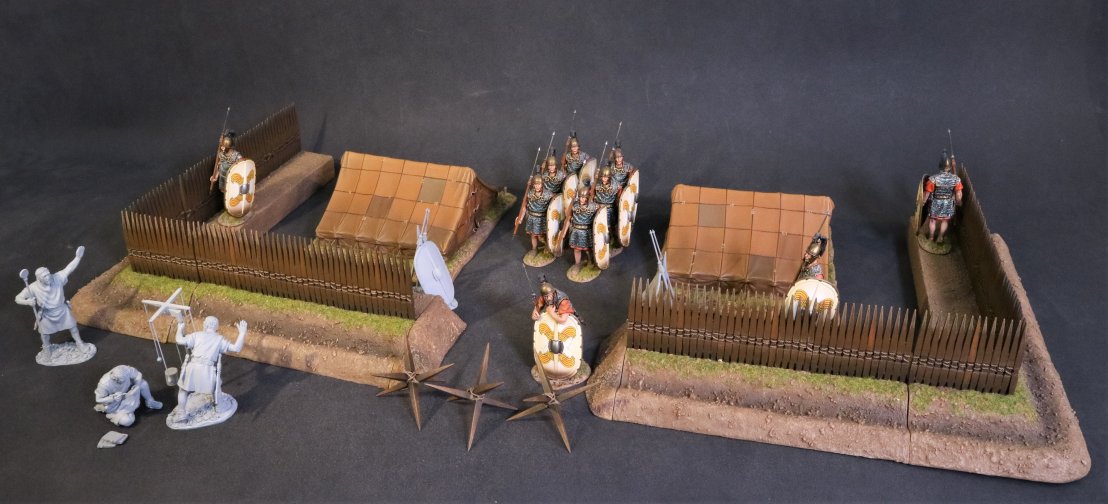
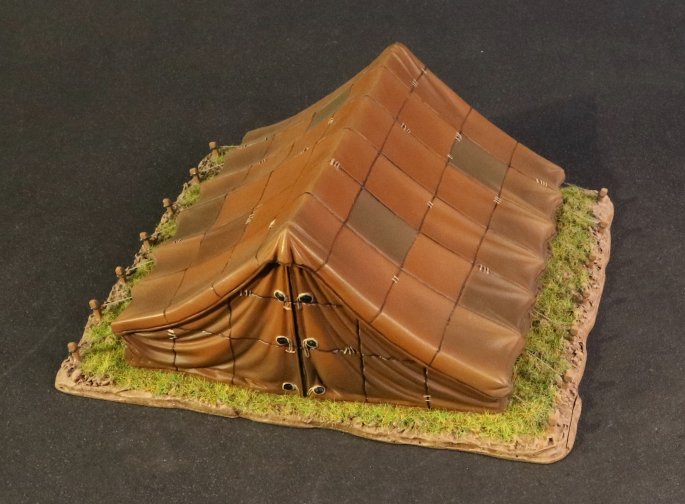
RRCAMP-03A
ARMIES AND ENEMIES OF ANCIENT ROME,
THE ROMAN ARMY OF THE MID REPUBLIC,
ROMAN MARCHING CAMP,
ROMAN TENT.
(1 pc)
Dimensions of Tent Base and height 5 ½” x 4 ¾” x 2 ¼”
The outline of the camp was usually marked by a ditch, with the resulting spoil used to make a rampart thrown up on the camp’s inner edge. This was then reinforced with earthen sod and strengthened by stakes carried by the troops.
When a camp was being constructed out of reach of an enemy, the entire force, except for a small picket, would participate in the building process. When the enemy was near at hand, the precaution was that half the infantry and all the cavalry would be drawn up in battle order to guard the workers building the camp. The first legion on the scene would take up defensive positions and the actual work on the camp would not begin until the arrival of the next legion in the line of march.

RRCAMP-03B
ARMIES AND ENEMIES OF ANCIENT ROME,
THE ROMAN ARMY OF THE MID REPUBLIC,
ROMAN MARCHING CAMP,
ROMAN TENT.
(1 pc)
The 8-10 man tent of the Roman Legions were made from goat and calf skin.
Almost all references state that ¼ of the soldiers would have been on watch at any given time, so that the tent would only have to sleep either 6 or 8 men.
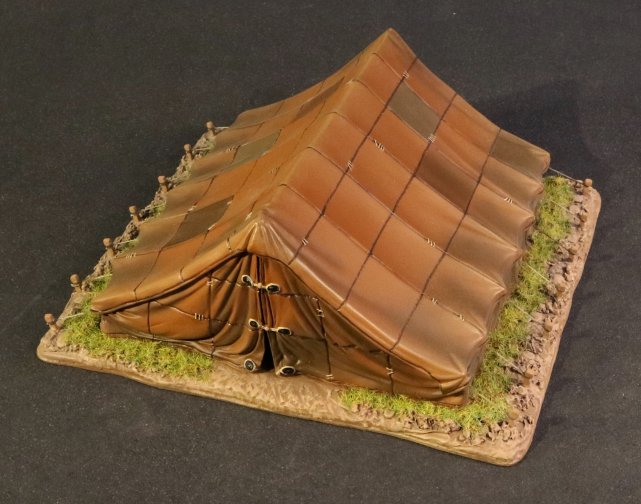
RRCAMP-03C
ARMIES AND ENEMIES OF ANCIENT ROME,
THE ROMAN ARMY OF THE MID REPUBLIC,
ROMAN MARCHING CAMP,
ROMAN TENT.
(1 pc)
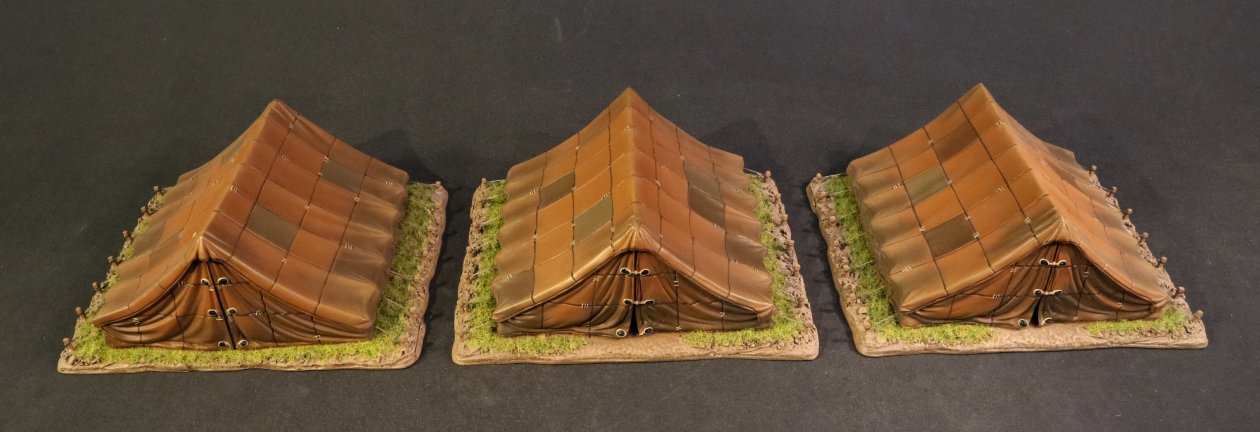
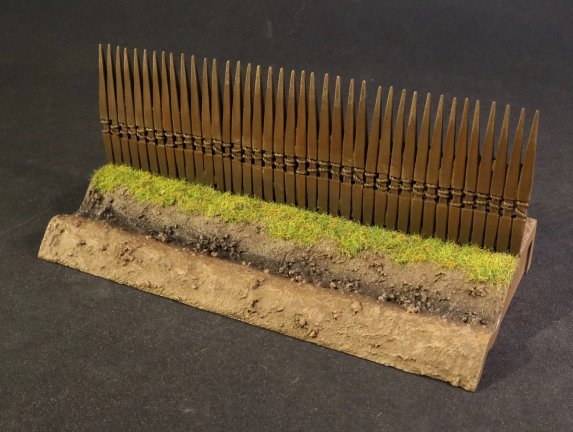
RRCAMP-05
ARMIES AND ENEMIES OF ANCIENT ROME,
THE ROMAN ARMY OF THE MID REPUBLIC,
ROMAN MARCHING CAMP,
CAMP WALLS - STRAIGHT.
(1 pc)
Dimensions of CAMP WALL – STRAIGHT 6” x 3” x 2 ½”
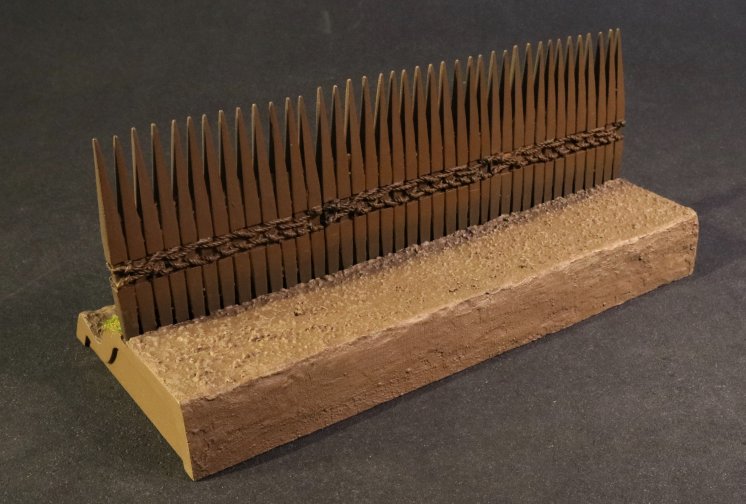
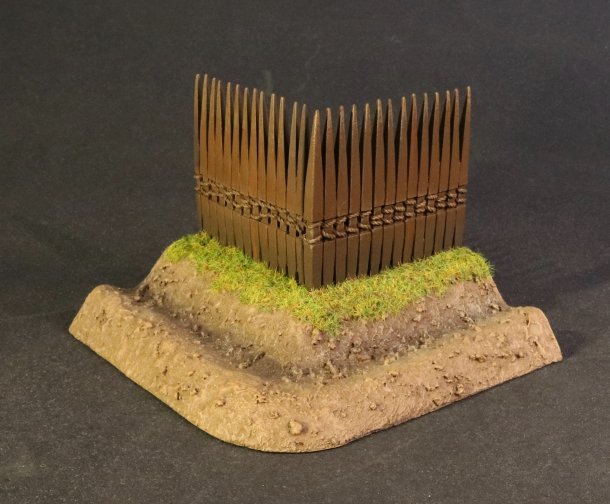
RRCAMP-06
ARMIES AND ENEMIES OF ANCIENT ROME,
THE ROMAN ARMY OF THE MID REPUBLIC,
ROMAN MARCHING CAMP,
CAMP WALLS - CORNER.
(1 pc)
Dimensions of CAMP WALL – CORNER 3 ¾” x 3 ¾” x 2 ½”
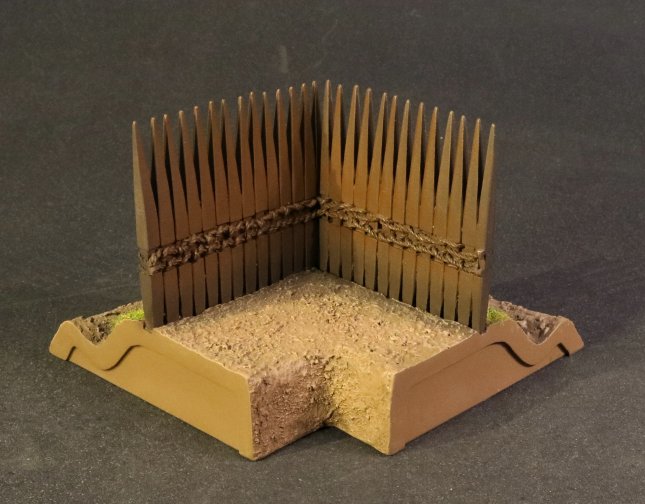
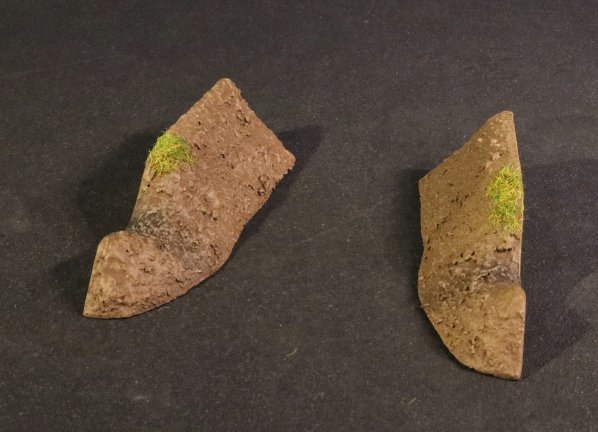
RRCAMP-07
ARMIES AND ENEMIES OF ANCIENT ROME,
THE ROMAN ARMY OF THE MID REPUBLIC,
ROMAN MARCHING CAMP,
CAMP WALLS - ENDS.
(2 pcs)
THE ANCIENTS COLLECTION
ARMIES AND ENEMIES OF ANCIENT ROME
REPUBLICAN ROMANS
ROMAN MARCHING CAMP
Roman Marching camps were used to protect an army while away from a permanent base during a campaign or when conducting other military operations.
These camps were constructed by the Romans at the end of a day of marching or conducting other exercises in the field.
At the conclusion of each day’s march, legionary troops on the move were assembled at a site carefully selected at the day’s start. For the next three hours or more, they were put to work digging a perimeter ditch, erecting a rampart, and assembling a palisade with prefabricated materials. Polybius wrote that the standard Republican-era design was in the shape of a square, but always had to conform to the lay of the land and the numbers of men and animals to be quartered in the camp.
Vegetius wrote that the camps should be constructed taking into account the configuration of the ground. He warned that a secure marching-camp must be placed near a source of plentiful water, wood, and forage and not be overlooked by higher ground.


RRCAMP-03A
ARMIES AND ENEMIES OF ANCIENT ROME,
THE ROMAN ARMY OF THE MID REPUBLIC,
ROMAN MARCHING CAMP,
ROMAN TENT.
(1 pc)
Dimensions of Tent Base and height 5 ½” x 4 ¾” x 2 ¼”
The outline of the camp was usually marked by a ditch, with the resulting spoil used to make a rampart thrown up on the camp’s inner edge. This was then reinforced with earthen sod and strengthened by stakes carried by the troops.
When a camp was being constructed out of reach of an enemy, the entire force, except for a small picket, would participate in the building process. When the enemy was near at hand, the precaution was that half the infantry and all the cavalry would be drawn up in battle order to guard the workers building the camp. The first legion on the scene would take up defensive positions and the actual work on the camp would not begin until the arrival of the next legion in the line of march.

RRCAMP-03B
ARMIES AND ENEMIES OF ANCIENT ROME,
THE ROMAN ARMY OF THE MID REPUBLIC,
ROMAN MARCHING CAMP,
ROMAN TENT.
(1 pc)
The 8-10 man tent of the Roman Legions were made from goat and calf skin.
Almost all references state that ¼ of the soldiers would have been on watch at any given time, so that the tent would only have to sleep either 6 or 8 men.

RRCAMP-03C
ARMIES AND ENEMIES OF ANCIENT ROME,
THE ROMAN ARMY OF THE MID REPUBLIC,
ROMAN MARCHING CAMP,
ROMAN TENT.
(1 pc)


RRCAMP-05
ARMIES AND ENEMIES OF ANCIENT ROME,
THE ROMAN ARMY OF THE MID REPUBLIC,
ROMAN MARCHING CAMP,
CAMP WALLS - STRAIGHT.
(1 pc)
Dimensions of CAMP WALL – STRAIGHT 6” x 3” x 2 ½”


RRCAMP-06
ARMIES AND ENEMIES OF ANCIENT ROME,
THE ROMAN ARMY OF THE MID REPUBLIC,
ROMAN MARCHING CAMP,
CAMP WALLS - CORNER.
(1 pc)
Dimensions of CAMP WALL – CORNER 3 ¾” x 3 ¾” x 2 ½”


RRCAMP-07
ARMIES AND ENEMIES OF ANCIENT ROME,
THE ROMAN ARMY OF THE MID REPUBLIC,
ROMAN MARCHING CAMP,
CAMP WALLS - ENDS.
(2 pcs)


